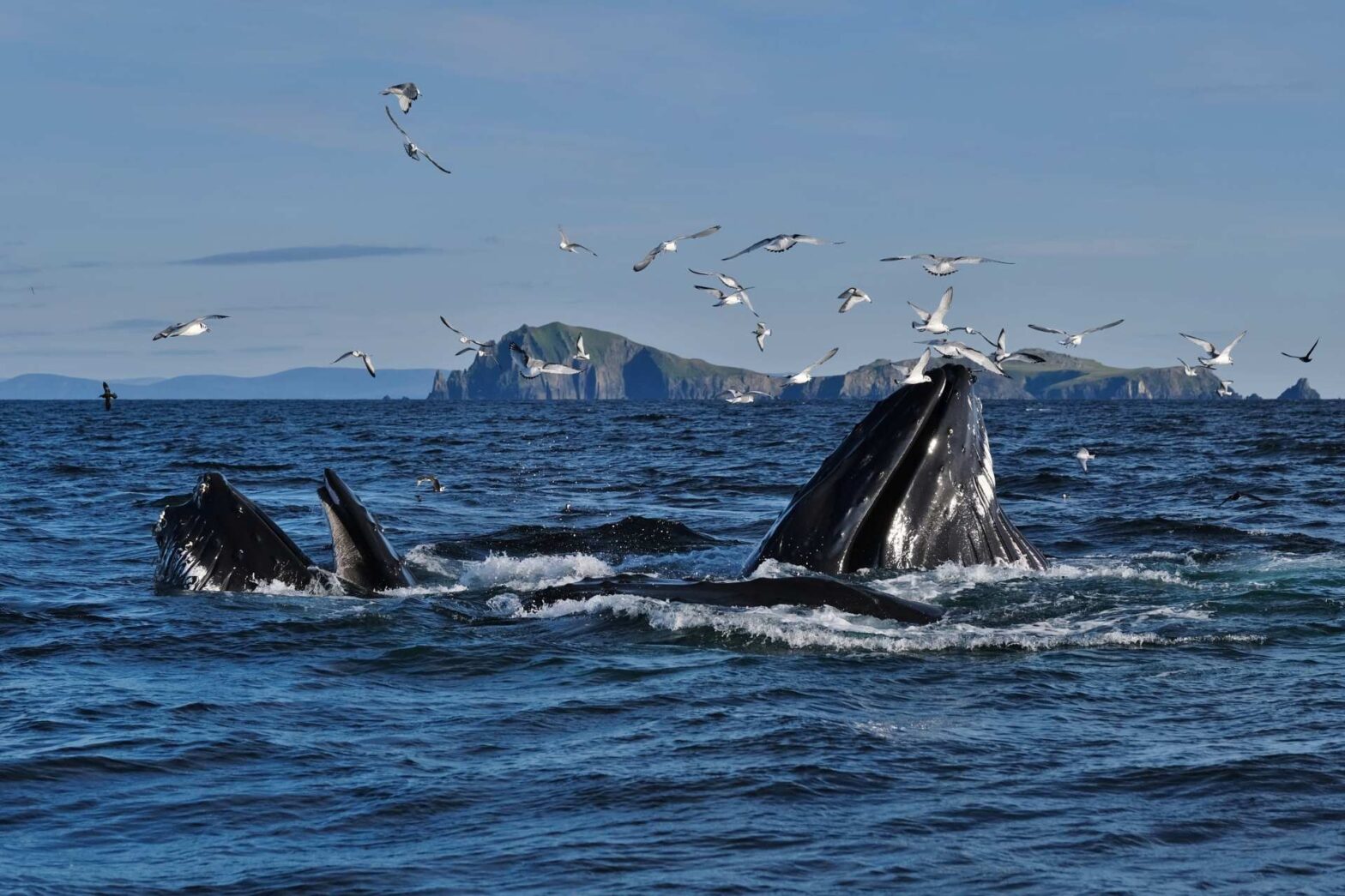New Important Marine Mammal Areas (IMMAs) identified in the Northeast Atlantic
Thirty three new IMMAs have just been approved within a scientific review process and made public in the waters of northern Europe. These are the latest to be identified as part of a major scientific endeavour, which has so far surveyed more than 74% of the world’s seas and oceans. IMMAs now cover 13% of the examined area and are designated in both international waters (43%) and within countries exclusive economic zones (57%).
The 33 new IMMAs are now available to view on an interactive map and result from a year-long rigorous scientific process that included a workshop in May 2023 in Hamburg that OceanCare attended and which included significant peer-review.
IMMAs are defined as discrete portions of habitat important to marine mammal species, that have the potential to be delineated and managed for conservation. They are identified in order to prioritise the consideration of these areas for conservation measures that can be applied by governments and other stakeholders.
The new sites include one that covers that part of the Baltic Sea that hosts the genetic and morphologically distinct Baltic Proper harbour porpoise; a critically endangered population of just a few hundred individuals and which just has been added to Appendix I of the Convention on Migratory Species (CMS) at its recent meeting in February in Samarkand, Uzbekistan. Large areas in the North Sea, Bay of Biscay, Irish Sea, Solent and wider Atlantic are also designated for a variety of reasons. For example, the waters of the ‘Central Irish Sea IMMA’ host twenty marine mammal species of which six meet the necessary IMMA criteria, including bottlenose and Risso’s dolphins, harbour porpoises and grey seals.
OceanCare, which has also co-funded the IMMAs process for this region, very much welcomes these latest identifications and calls on all governments and relevant agencies to take them into account in their future marine planning and conservation work.
The new IMMAS and all the others that have been designated to date can be seen on an interactive map.
The IMMAs website is here.
